Interior Design With Your Health In Mind
Interior Design With Your Health In Mind
WELCOME
Health & Home is an interior design-based business that is all about helping you create your healthiest home, so you can live your healthiest life! We help you do this by using nature as our inspiration and research from the latest studies as our guiding principles, to help you minimize toxins and optimize the design of your space so you can maximize your health!
Research has shown over and over again that our interior environment significantly impacts all aspects of our health both negatively and positively depending on how we design and use them. From the negative things like weight gain, cancer, depression, chronic disease, and anxiety to the more positive things like better sleep, stronger immune function, quicker healing, healthier eating, and scientifically measurable perceived happier lives – all are greatly impacted by how we create and live in our spaces.
While we know that all to be true – we also know that our home environments are not being created this way, so we decided to do something about it by creating Health & Home, the first of its kind to look at interior design with your health in mind!
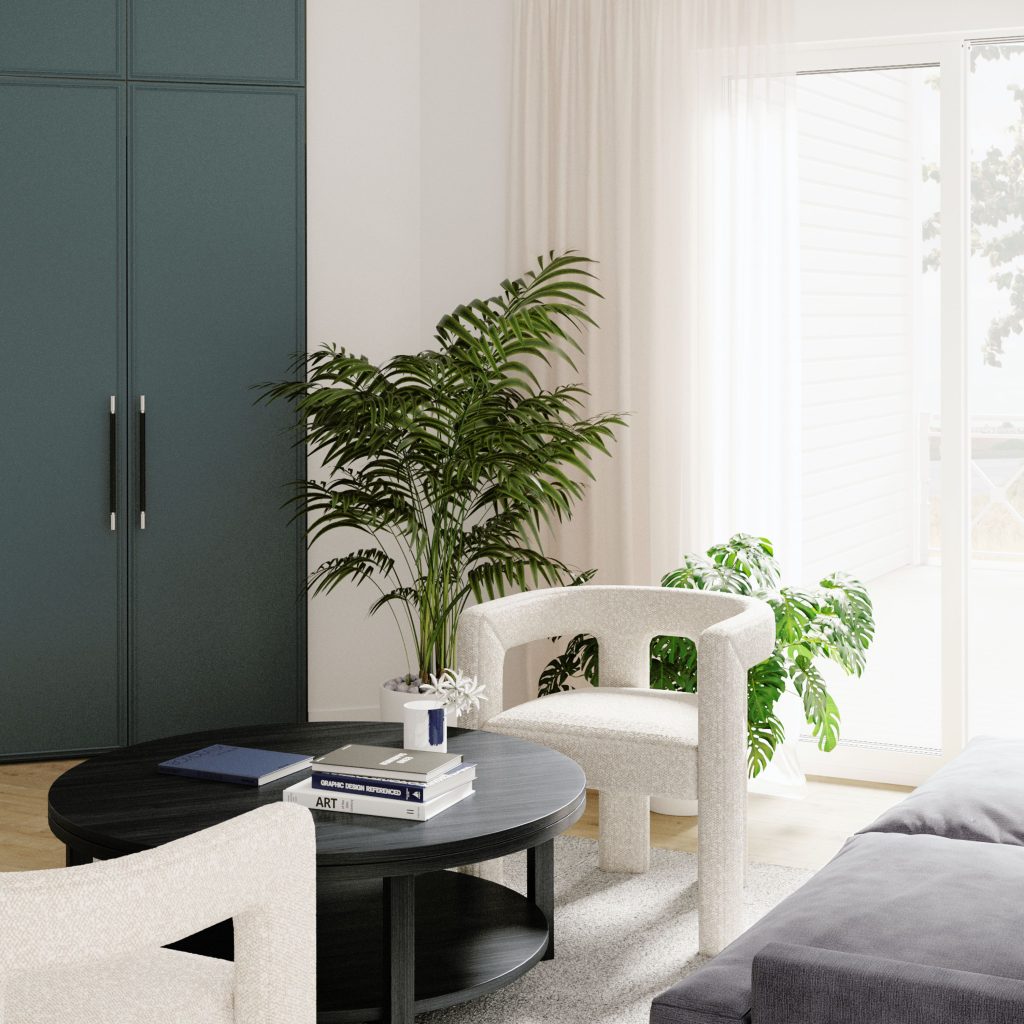

WELCOME
Health & Home is an interior design-based business that is all about helping you create your healthiest home, so you can live your healthiest life! We help you do this by using nature as our inspiration and research from the latest studies as our guiding principles, to help you minimize toxins and optimize the design of your space so you can maximize your health!
Research has shown over and over again that our interior environment significantly impacts all aspects of our health both negatively and positively depending on how we design and use them. From the negative things like weight gain, cancer, depression, chronic disease, and anxiety to the more positive things like better sleep, stronger immune function, quicker healing, healthier eating, and scientifically measurable perceived happier lives – all are greatly impacted by how we create and live in our spaces.
While we know that all to be true – we also know that our home environments are not being created this way, so we decided to do something about it by creating Health & Home, the first of its kind to look at interior design with your health in mind!

GET TO KNOW OUR FOUNDER
Hey, I’m Haley James! I’m the lead interior designer and founder of Health & Home. While I was in design school, I randomly got really sick and was diagnosed with a multitude of serious chronic conditions that we later found were triggered by toxins in my college housing.
After that, everything changed for me. I learned something I wasn’t taught in design school, that good interior design has the power to literally save and deeply impact people’s lives and health for the better. Now I am on a mission to help, educate, empower, and equip others to create spaces that are not only beautiful but also minimize risk for disease, optimize their lives, and support their health on every level!

GET TO KNOW OUR FOUNDER
Hey, I’m Haley James! I’m the lead interior designer and founder of Health & Home. While I was in design school, I randomly got really sick and was diagnosed with a multitude of serious chronic conditions that we later found were triggered by toxins in my college housing.
After that, everything changed for me. I learned something I wasn’t taught in design school, that good interior design has the power to literally save and deeply impact people’s lives and health for the better. Now I am on a mission to help, educate, empower, and equip others to create spaces that are not only beautiful but also minimize risk for disease, optimize their lives, and support their health on every level!
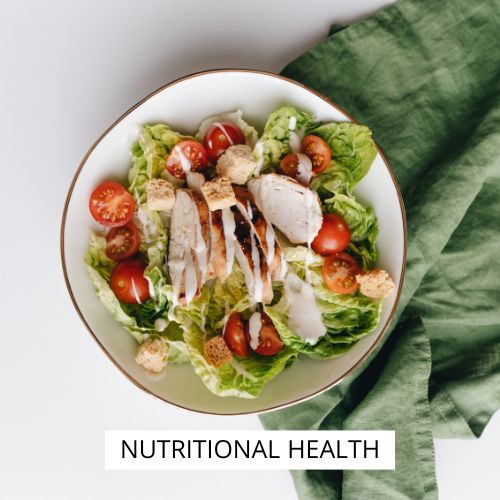
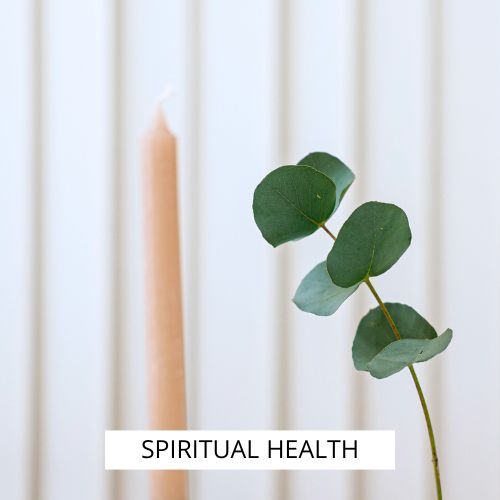
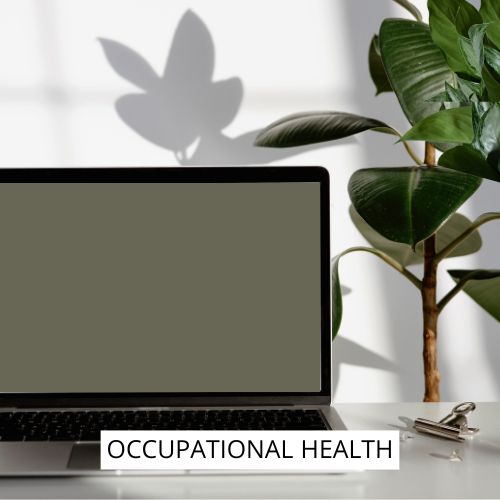
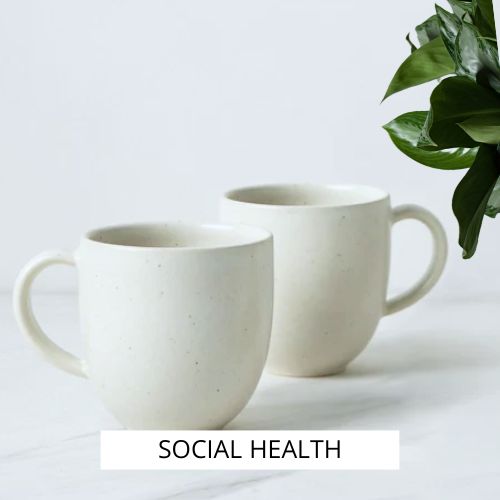

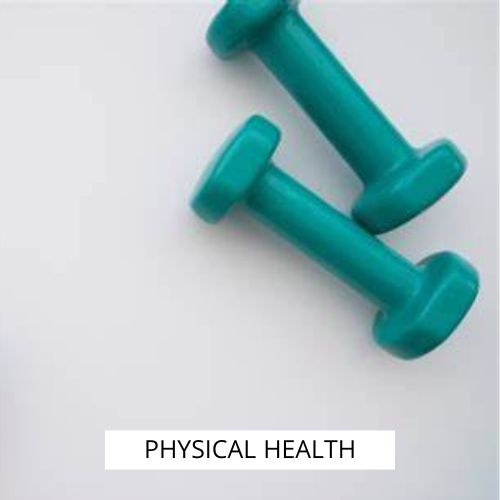

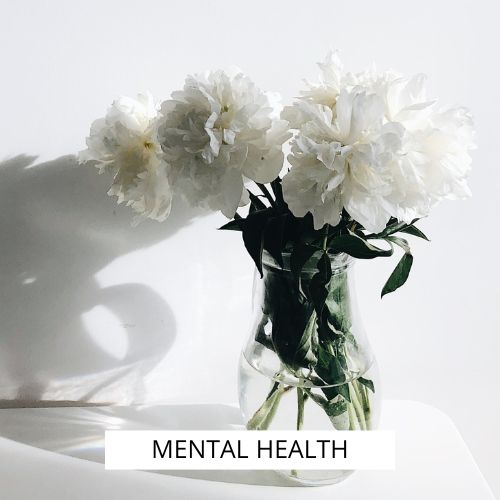








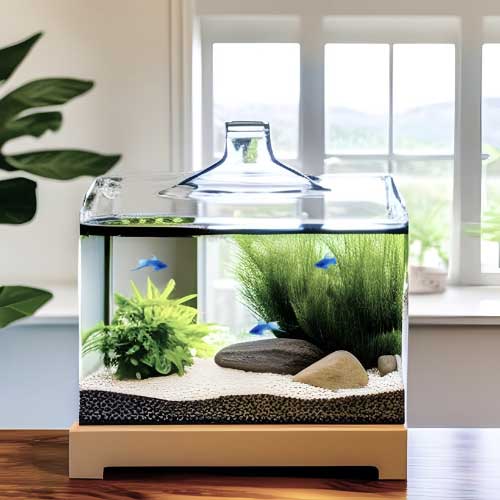
Do you need to pay attention to your environment? You already are for your plants and your pets, but what about for yourself?
of people in the US experience stress that affects their physical health according to the American Institute of Stress statistics
of americans are considered obese and/or are dealing with obesity according to The National Institute of Diabetes and Digestive and Kidney Diseases
of cancers are aributed to your environment and lifestyle with only 5-10% percent being linked to genetics according to a study published
Of the 14 chemicals tested, every single member of every family had detectable levels. After switching to an organic diet, these levels dropped dramatically.
We work to minimize the amount of toxins in the materials your house is built, designed, decorated and filled with in order to prevent short & long term illness.
We build, design, decorate and help you fill your home with products in a way that encourages healthy habits that support your short and long term health goals.
By minimizing toxins to prevent illness and optimizing design to promote healthy living, we are able to help you and your loved ones maximize your health!
We work to minimize the amount of toxins in the materials your house is built, designed, decorated and filled with in order to prevent short & long term illness.
We build, design, decorate and help you fill your home with products in a way that encourages healthy habits that support your short and long term health goals.
By minimizing toxins to prevent illness and optimizing design to promote healthy living, we are able to help you and your loved ones maximize your health!
We believe our approach is what sets us apart and can change lives. That’s why what we do expands beyond our interior design services and into areas where we are able to share our message and approach with other designers, medical practitioners, legislators, and anyone who wants to create a healthy home & life! By sharing our message and approach, we aim to empower others and create a ripple effect of positive change in the pursuit of a healthy and fulfilling lifestyle!
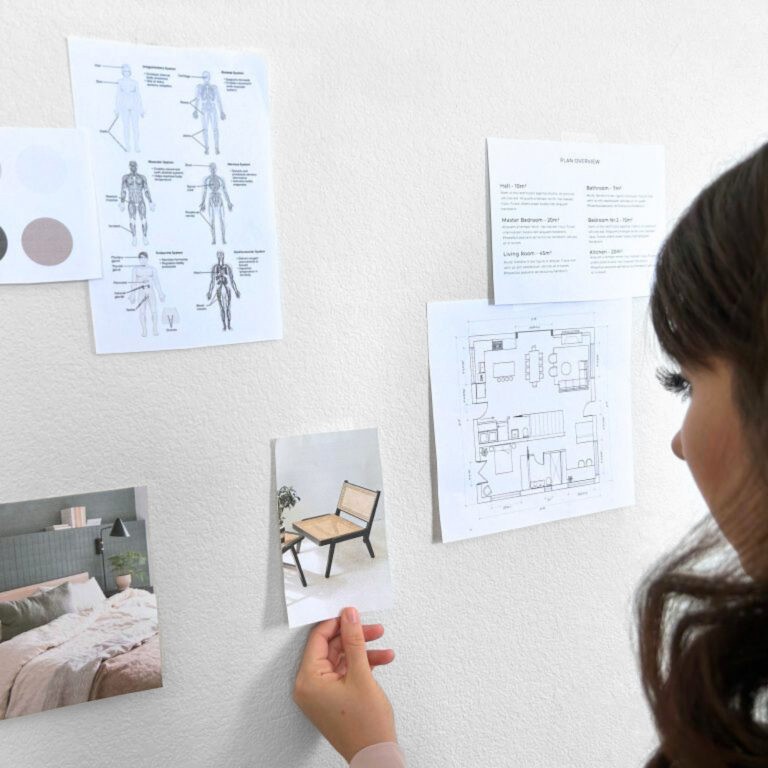
VIRTUAL DESIGN PACKAGES
We want to help you transform your home into a healthy and beautiful space! We have a wide variety of packages available, and FREE consultations to help you decide which service best fits your needs, budget, and health goals!

YOUTUBE, PODCAST, BLOG, COURSES
One way that we can make the world a healthier place is by sharing what we know about how our homes and our health intersect. We’re always learning new things, and we’d love it if you joined us on the journey!

POLICY CHANGE, PUBLIC SPEAKING, HOMES & HOPE
Everyone deserves a healthy place to live, and part of our vision is to make creating a healthier home and environment the norm. That’s why we educate & advocate in the hopes that through our efforts, substantial changes can be made!

VIRTUAL DESIGN PACKAGES
We want to help you transform your home into a healthy and beautiful space! We have a wide variety of packages available, and FREE consultations to help you decide which service best fits your needs, budget, and health goals!

YOUTUBE, PODCAST, BLOG, COURSES
One way that we can make the world a healthier place is by sharing what we know about how our homes and our health intersect. We’re always learning new things, and we’d love it if you joined us on the journey!

POLICY CHANGE, PUBLIC SPEAKING, HOMES & HOPE
Everyone deserves a healthy place to live, and part of our vision is to make creating a healthier home and environment the norm. That’s why we educate & advocate in the hopes that through our efforts, substantial changes can be made!
WANT TO LEARN?
From minimizing toxins to optimizing design, our free downloads and courses cover a wide range of topics aimed at promoting the health and wellness of your household. Through these educational resources, we empower you to take control of your living environment and create a space that nurtures the well-being of you & your loved ones!
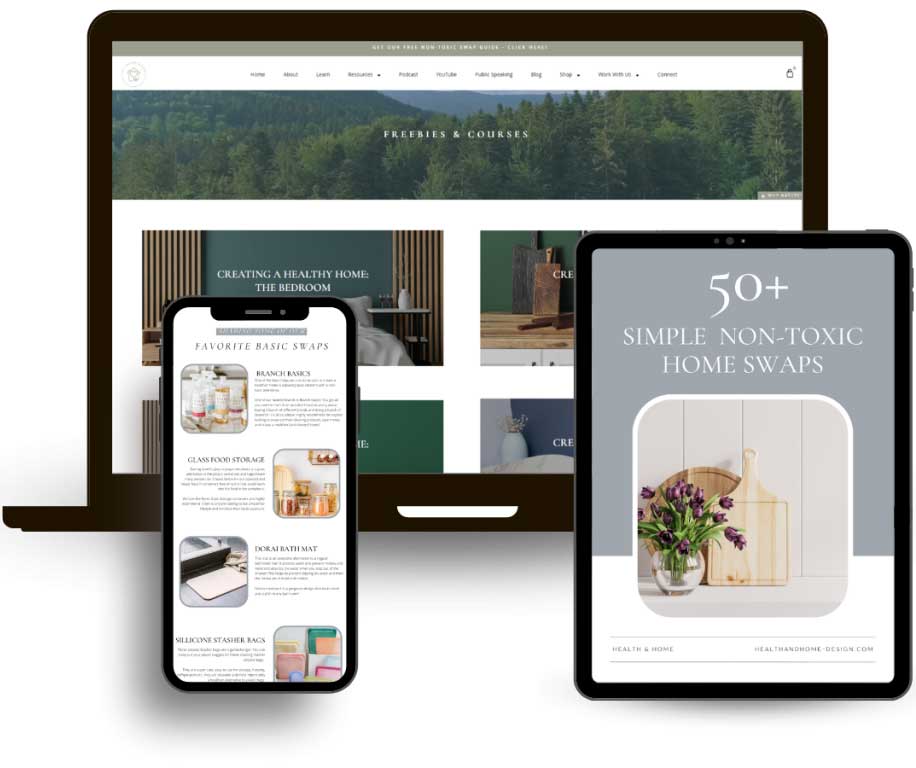

WANT TO LEARN?
From minimizing toxins to optimizing design, our free downloads and courses cover a wide range of topics aimed at promoting the health and wellness of your household. Through these educational resources, we empower you to take control of your living environment and create a space that nurtures the well-being of you & your loved ones!
LET US HELP YOU
Whether you need expert advice, customized product recommendations, or a complete room or home makeover, we have the perfect solution for you! With five flexible options to choose from, we can work with you to meet you where you are at & what you are needing!
LET US HELP YOU
Whether you need expert advice, customized product recommendations, or a complete room or home makeover, we have the perfect solution for you! With five flexible options to choose from, we can work with you to meet you where you are at & what you are needing!
COME JOIN US
We’re on YouTube! Come check out our channel where we share valuable insights, answer your burning questions, and provide an inside look into our process, projects, and programs – all aimed at making it easy for you to create a healthy home – and have some fun along the way! From practical tips and projects to expert interviews and educational content, we cover a wide range of topics to empower you on your journey towards a healthier home!
COME JOIN US
We’re on YouTube! Come check out our channel where we share valuable insights, answer your burning questions, and provide an inside look into our process, projects, and programs – all aimed at making it easy for you to create a healthy home – and have some fun along the way! From practical tips and projects to expert interviews and educational content, we cover a wide range of topics to empower you on your journey towards a healthier home!
COME JOIN US
We’re on YouTube! Come check out our channel where we share valuable insights, answer your burning questions, and provide an inside look into our process, projects, and programs – all aimed at making it easy for you to create a healthy home – and have some fun along the way! From practical tips and projects to expert interviews and educational content, we cover a wide range of topics to empower you on your journey towards a healthier home!

GET IN ON THE GROUP CHAT
Come join the Health & Home community on our Instagram broadcast channel where you can give your opinions and requests on what you want to see, make suggestions and converse with us directly, learn new tips & tricks, vote on brands you want us to feature, get special broadcast channel only discounts and so much more! Just head on over to our Instagram bio and click the broadcast channel to join!
WANT TO LEARN?
Creating a home that truly supports your health doesn’t have to be overwhelming; it starts with learning and taking small steps toward a healthier life each day. We wanted to create an easy and accessible way for you to be empowered and equipped to do that, so we created the Health & Home podcast!
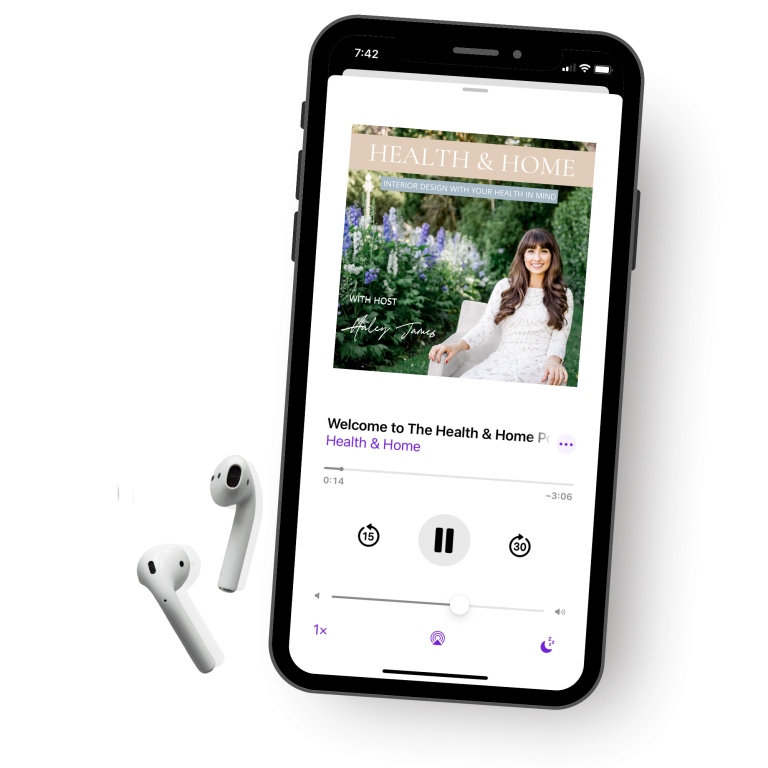

WANT TO LEARN?
Creating a home that truly supports your health doesn’t have to be overwhelming; it starts with learning and taking small steps toward a healthier life each day. We wanted to create an easy and accessible way for you to be empowered and equipped to do that, so we created the Health & Home podcast!

LET’S MAKE A REAL CHANGE
At Health & Home, we understand that making a real impact requires more than just our business alone. It takes a collective effort from all of us. That’s why we have embraced public speaking as a powerful tool to raise awareness, inspire change, and assist others in creating healthy environments for themselves and their loved ones, all in an easy & accessible way!

LET’S MAKE A REAL CHANGE
At Health & Home, we understand that making a real impact requires more than just our business alone. It takes a collective effort from all of us. That’s why we have embraced public speaking as a powerful tool to raise awareness, inspire change, and assist others in creating healthy environments for themselves and their loved ones, all in an easy & accessible way!
WANT TO HELP US HELP OTHERS?
We strongly believe that everyone deserves a place to call home that is safe and supports them in living the healthy life they desire. Through the Homes & Hope program, we collaborate with community partners, volunteers, and experts in various fields to provide assistance to those in need. Together, we work to create healthy and uplifting spaces that bring hope and positivity into their lives!
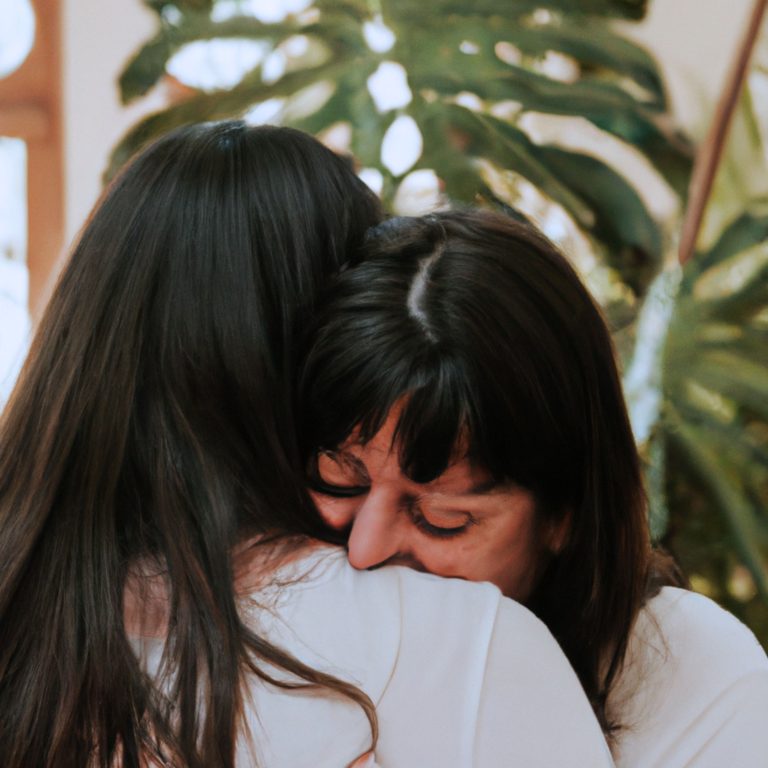

WANT TO HELP US HELP OTHERS?
We strongly believe that everyone deserves a place to call home that is safe and supports them in living the healthy life they desire. Through the Homes & Hope program, we collaborate with community partners, volunteers, and experts in various fields to provide assistance to those in need. Together, we work to create healthy and uplifting spaces that bring hope and positivity into their lives!
Want to start filling your home with healthier alternatives, but not sure where to look? From cleaning supplies to furniture to books to help you learn more about creating a healthy home – we’ve got you covered! Check out our “Shop Our Favorites” section for a breakdown of our favorite healthy home products, links, discounts and more!
Want to start filling your home with healthier alternatives, but not sure where to look? From cleaning supplies to furniture to books to help you learn more about creating a healthy home – we’ve got you covered! Check out our “Shop Our Favorites” section for a breakdown of our favorite healthy home products, links, discounts and more!
NOT JUST DESIGNERS – WE ARE MORE
We believe that we are more than interior designers. We are advocates, working to inspire change on every level. One way that we work toward that is by creating clothing that has the potential to spark conversations and actions around those changes that we want to make.
Our organic, non-toxic, ethically and sustainably made certified clothing supports you on your journey toward a healthier lifestyle, helps contribute to starting the conversation on how we can make the world a better and safer place and supports us as we do our part to make that happen too!
WELCOME
We believe that we are more than interior designers. We are advocates, working to inspire change on every level. One way that we work toward that is by creating clothing that has the potential to spark conversations and actions around those changes that we want to make.
Our organic, non-toxic, ethically and sustainably made certified clothing supports you on your journey toward a healthier lifestyle, helps contribute to starting the conversation on how we can make the world a better and safer place and supports us as we do our part to make that happen too!
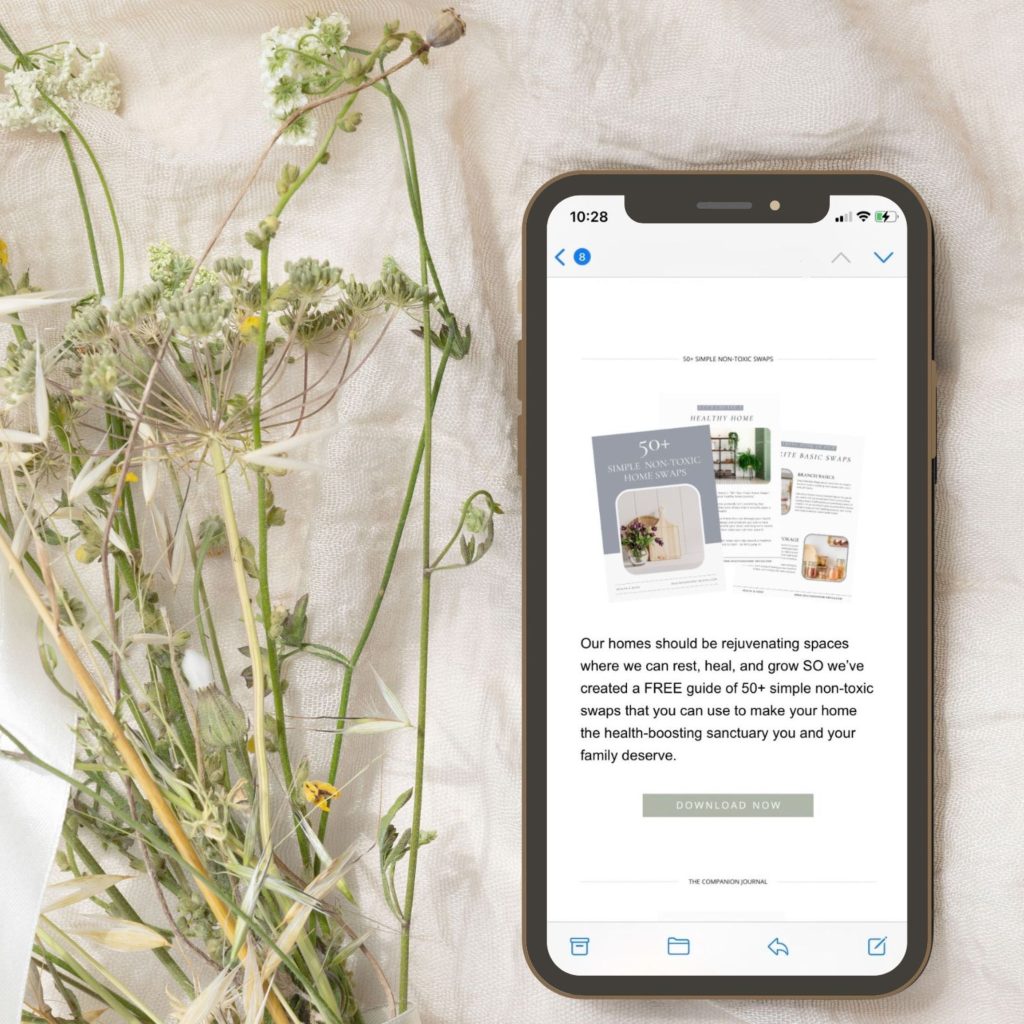
We really value the time you take to read our emails and that’s why we only send out things we truly believe will be helpful to you! That means no excessive emails or spam – just the good stuff you actually want.
When you join our community here, you will be the first to get our exclusive offers, discounts on services/products, free resources, tips, encouragement and so much more! So what are you waiting for? Come join us!

We really value the time you take to read our emails and that’s why we only send out things we truly believe will be helpful to you! That means no excessive emails or spam – just the good stuff you actually want.
When you join our community here, you will be the first to get our exclusive offers, discounts on services/products, free resources, tips, encouragement and so much more! So what are you waiting for? Come join us!
Health & Home is an interior design-based business that seeks to help others create healthy homes and lives through supportive, accessible, educational, and empowering content & services that will help you on your journey to creating a healthier home and healthier life!
JOIN OUR COMMUNITY
Sign up for our email newsletter to immediately get access to our guide, discounts to our favorite products, resources and more!
SUPPORT
LEGAL
CONNECT

Health & Home is an interior design-based business that seeks to help others create healthy homes and lives through supportive, accessible, educational, and empowering content & services that will help you on your journey to creating a healthier home and healthier life!
JOIN OUR COMMUNITY
Sign up for our email newsletter to immediately get access to our guide, discounts to our favorite products, resources and more!
Sign up for our email newsletter to get 10% off your first purchase from our store, access to our guide & journal, discounts to our favorite products, tips & tricks and more!
Sign up for our email newsletter to get 10% off your first purchase from our store, access to our guide & journal, discounts to our favorite products, tips & tricks and more!
Sign up for our email newsletter to get 10% off your first purchase from our store, access to our guide & journal, discounts to our favorite products, tips & tricks and more!
Just click below and it’ll automatically download! Also, be sure to check your email to make sure you received our welcome email filled with an extra little welcome gift!
Just click below and it’ll automatically download! Also, be sure to check your email to make sure you received our welcome email filled with an extra little welcome gift!
Just click below and it’ll automatically download! Also, be sure to check your email to make sure you received our welcome email filled with an extra little welcome gift!
We are so excited for Homes & Hope and are in the process of getting things ready to be able to take on these amazing projects!
We would LOVE to get your nominations, your help, your talents and your support when we start though – so be sure to subscribe to our email newsletter and you will be the first to know our plans and be able to nominate, help and support us as we try to support people who need it!
Thank you for taking the time and the interest in being part of this project!
We are so excited for Homes & Hope and are in the process of getting things ready to be able to take on these amazing projects!
We would LOVE to get your nominations, your help, your talents and your support when we start though – so be sure to subscribe to our email newsletter and you will be the first to know our plans and be able to nominate, help and support us as we try to support people who need it!
Thank you for taking the time and the interest in being part of this project!
We are so excited for Homes & Hope and are in the process of getting things ready to be able to take on these amazing projects!
We would LOVE to get your nominations, your help, your talents and your support when we start though – so be sure to subscribe to our email newsletter and you will be the first to know our plans and be able to nominate, help and support us as we try to support people who need it!
Thank you for taking the time and the interest in being part of this project!